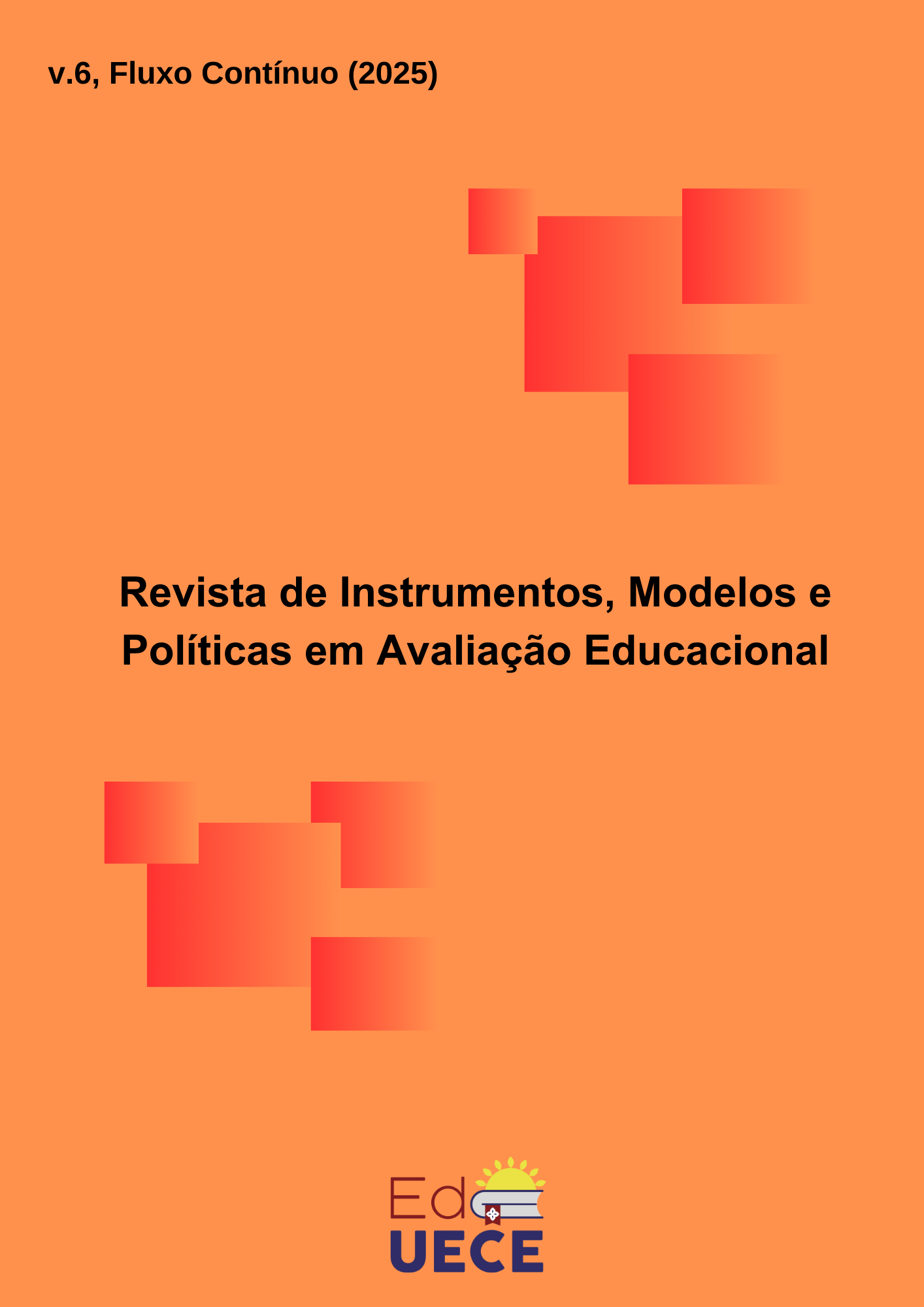Orientações ao retorno das aulas presenciais de judô no ceará: avaliação na pandemia de covid-19
DOI:
https://doi.org/10.51281/impa.e025001Palavras-chave:
COVID-19, Pandemia, JudoResumo
O objetivo do estudo foi avaliar a percepção dos professores de Judô diante das medidas de segurança propostas pela FECJU no retorno das aulas presenciais pós distanciamento social. Este estudo investigou a percepção de 29 professores de judô no Ceará, com idades entre 18 e 66 anos e, pelo menos, um ano de experiência docente, sobre as medidas de segurança adotadas. Utilizando um questionário semiestruturado, obteve-se como resultado que as maiores dificuldades foram: a compreensão das recomendações de segurança e o distanciamento social durante as aulas. Por outro lado, a linguagem utilizada com termos específicos e a divisão pedagógica das aulas em fases auxiliaram no processo de utilização do guia. Concluímos que a aplicação das medidas de segurança foi mencionada como um fator preponderante na desmotivação e evasão. Além de outros fatores citados, como a falta de contato durante a prática e a dificuldade da realização do treinamento físico.
Métricas
Referências
BARDIN, Laurence. L'analyse de contenu. Paris: Presses universitaires de France, 1977.
BRASIL. MINISTÉRIO DA SAÚDE (org.). Sobre a doença: como é transmitido. Como é transmitido. 2020. Disponível em: https://www.gov.br/saude/pt-br/assuntos/covid-19/transmissao. Acesso em: 11 dez. 2024.
CAVALCANTI, Edmar de Carvalho. A resistência do professor as mudanças de metodologia de ensino. Dissertação (Mestrado em Psicologia Aplicada) - Instituto de Seleção e Orientação Profissional, Fundação Getúlio Vargas - FGV, Rio de Janeiro, 1980. Disponível em: https://repositorio.fgv.br/items/40a8edad-cca2-4a45-b091-ff893c4f3b94/full Acesso em 10 de dez. 2024.
DRID, P. et al. Health Implications of Judo Training. Sustainability, v. 13, n. 20, p. 11403, 15 out. 2021. DOI: https://doi.org/10.3390/su132011403
EUA. CENTER FOR DISEASE CONTROL AND PREVENTION (CDC). (org.). Social Distancing: Keep a safe distance to slow the spread. Keep a Safe Distance to Slow the Spread. 2024. Disponível em: https://www.cdc.gov/respiratory-viruses/prevention/precautions-when-sick.html. Acesso em: 10 dez. 2024.
GARCIA, Jeanette M. et al. Transition of a judo program from in-person to remote delivery during COVID-19 for youth with autism spectrum disorder. Advances in Neurodevelopmental Disorders, v. 5, n. 2, p. 227-232, 2021. DOI: https://doi.org/10.1007/s41252-021-00198-7
GIL, ANTÔNIO CARLOS. Como elaborar projetos de pesquisa. 4. ed. São Paulo: Atlas, 2002.
JÚNIOR, Orozimbo Cordeiro; FERREIRA, Marcelo Guina; RODRIGUES, Anegleyce Teodoro. A evolução sócio-histórica do judô: primeiras aproximações. Journal of Physical Education, v. 10, n. 1, p. 13-21, 1999. DOI: http://dx.doi.org/10.4025/reveducfisv10n1p13-21
LEANDRO, Carol Gois; SILVA, Wylla Tatiana Ferreira; LIMA-SILVA, Adriano Eduardo. Covid-19 and exercise-induced immunomodulation. Neuroimmunomodulation, p. 1, 2020. DOI: https://doi.org/10.1159/000508951
MATTOS, Samuel Miranda et al. Recomendações de atividade física e exercício físico durante a pandemia Covid-19: revisão de escopo sobre publicações no Brasil. Revista Brasileira de Atividade Física & Saúde, v. 25, p. 1-12, 2020. DOI: https://doi.org/10.12820/rbafs.25e0176
MERCHÁN-HAMANN, Edgar. Grau de informação, atitudes e representações sobre o risco e a prevenção de AIDS em adolescentes pobres do Rio de Janeiro, Brasil. Cadernos de Saúde Pública, v. 11, n. 3, p. 463-478, 1995. DOI: https://doi.org/10.1590/S0102-311X1995000300022
MIARKA, B ; CURY, R.; JULIANETTI, R.; BATTAZZA, R.; JULIO, U.F.; CALMET, M.; FRANCHINI, E. A comparison of timemotion and technical-tactical variables between age groups of females judo matches. Journal of sports sciences, 2014. DOI: https://doi.org/10.1080/02640414.2014.903335
MIARKA, B. Modelagem das interações técnicas e táticas em atletas de judô: interações inter e intra-categorias de combate do circuito mudial e dos Jogos Olimpicos de Londres. Escola de Educação Física e Esportes - Universidade de São Paulo, São Paulo, Tese de doutorado, 2014. DOI: http://dx.doi.org/10.13140/RG.2.2.12537.49762
MIARKA, B.; PANISSA, V.L.G.; JULIO, U.F.; DEL VECCHIO, F.B.; CALMET, M.; FRANCHINI, E. A comparison of time-motion performance between age groups in judo matches. Journal of Sports Sciences. 30 (9): 899-905, 2012. DOI: https://doi.org/10.1080/02640414.2012.679675
PALUMBO, F. et al. Risks and Benefits of Judo Training for Middle-Aged and Older People: A Systematic Review. Sports, v. 11, n. 3, p. 68, 14 mar. 2023. DOI: https://doi.org/10.3390/sports11030068
PIFARRÉ, Fernando et al. COVID-19 and mask in sports. Apunts Sports Medicine, v. 55, n. 208, p. 143-145, 2020. DOI: https://doi.org/10.1016/j.apunsm.2020.06.002
RAIOL, Rodolfo A. Praticar exercícios físicos é fundamental para a saúde física e mental durante a Pandemia da COVID-19. Brazilian Journal of Health Review, v. 3, n. 2, p. 2804-2813, 2020. DOI: https://doi.org/10.34119/bjhrv3n2-124
RAMEH, Letícia. Método Paulo Freire: Uma contribuição para a história da educação brasileira. V Colóquio Internacional Paulo Freire-Recife, v. 19, 2005. Disponível em: http://www.musicaeeducacao.ufc.br/Para%20o%20site/Revistas%20e%20peri%C3%B3dicos/Educa%C3%A7%C3%A3o/Paulo%20Freire.pdf Acesso em 10 de dez. 2024.
RANASINGHE, Chathuranga; OZEMEK, Cemal; ARENA, Ross. Exercise and well-being during COVID 19–time to boost your immunity. Expert Review of Anti-infective Therapy, v. 18, n. 12, p. 1195-1200, 2020. DOI: https://doi.org/10.1080/14787210.2020.1794818
WORLD HEALTH ORGANIZATION (WHO) (org.). Listings of WHO’s response to COVID-19. 2020. Disponível em: https://www.who.int/news/item/29-06-2020-covidtimeline. Acesso em: 11 dez. 2024.
WORLD HEALTH ORGANIZATION WHO (org.). Coronavirus disease (COVID-19) advice for the public. 2021. Disponível em: https://www.who.int/emergencies/diseases/novel-coronavirus-2019/advice-for-public. Acesso em: 11 dez. 2024.




